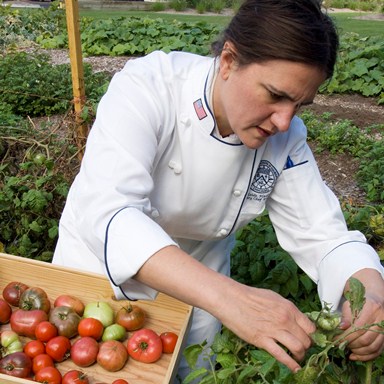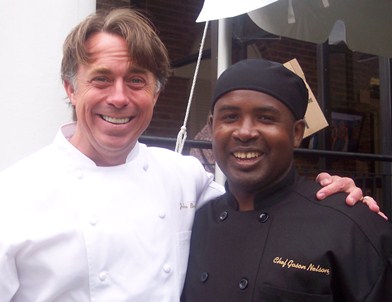11 Trends for '11
Tuesday, 30 November 2010 19:43
 Korean tacos, Southern comfort and “frugality fatigue” are among the leading restaurant trends predicted by Technomic for next year.
Korean tacos, Southern comfort and “frugality fatigue” are among the leading restaurant trends predicted by Technomic for next year.
As the nation begins to emerge from recession, restaurants are seeing lapsed customers return. Same-store sales are inching up, signaling the industry’s initial rebound to health; hiring is also up, signaling positive expectations for 2011. But this isn’t the same restaurant industry as before. Big changes are on the way—on menus, in concept development and in the competitive landscape.
Technomic, the leading foodservice research and consulting firm, examines the future for restaurants through the lens of 40-plus years tracking the industry, and sees 11 top trends emerging in 2011:

 Grant program honoring exemplary culinary training across the nation exposed food editors and other media to educators’ innovations on the plate during the 2010 IFEC Conference in New Orleans.
Grant program honoring exemplary culinary training across the nation exposed food editors and other media to educators’ innovations on the plate during the 2010 IFEC Conference in New Orleans. Having identified types of sparkling wines, here’s how to serve them.
Having identified types of sparkling wines, here’s how to serve them. Recent research suggests pecans, applicable in recipes for every season, are packed with nutrition.
Recent research suggests pecans, applicable in recipes for every season, are packed with nutrition. Private chef to an NFL running back, Gason Nelson of New Orleans provides a winning combination of professional culinary skills and hard work with a down-to-earth attitude.
Private chef to an NFL running back, Gason Nelson of New Orleans provides a winning combination of professional culinary skills and hard work with a down-to-earth attitude.